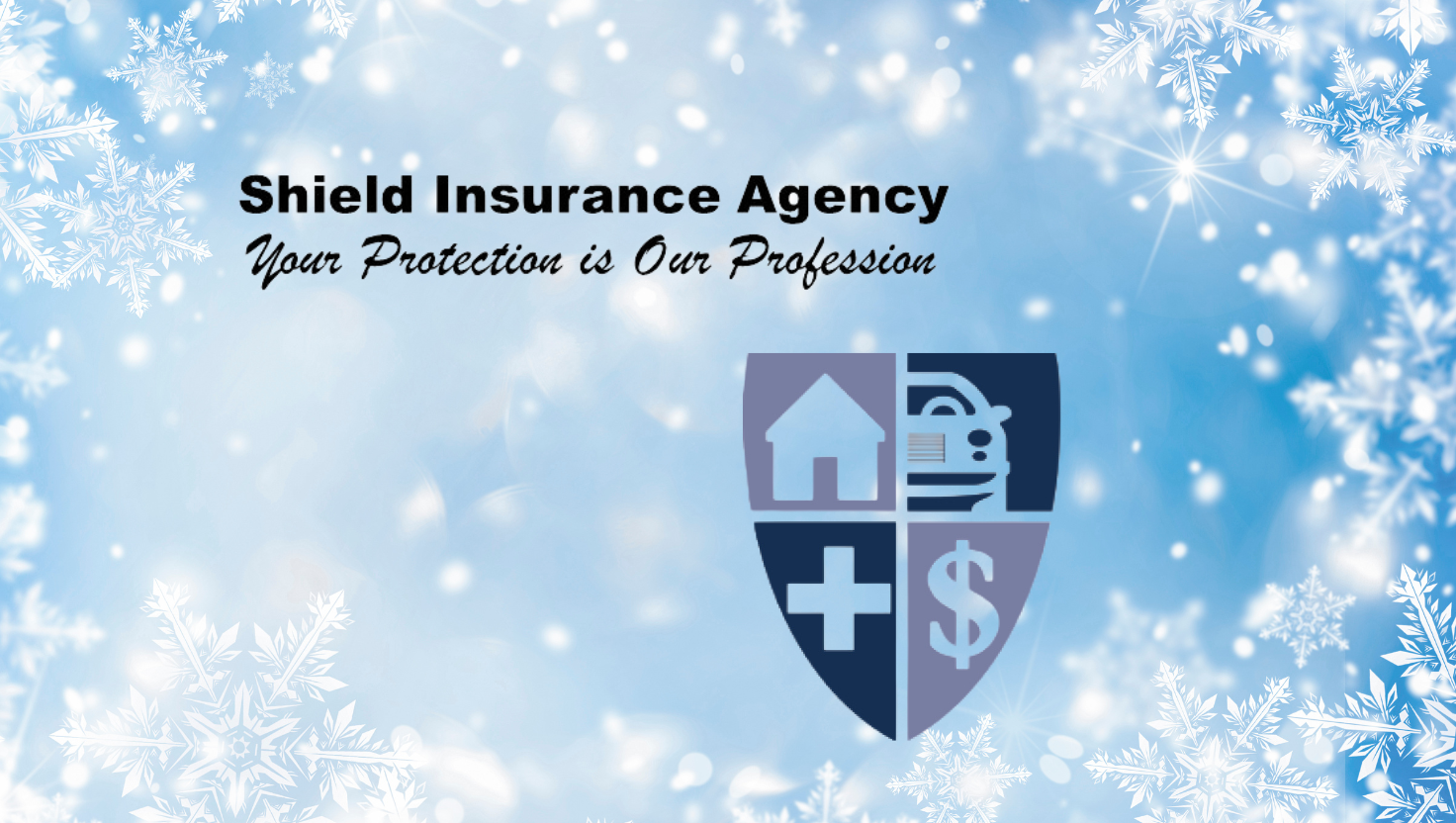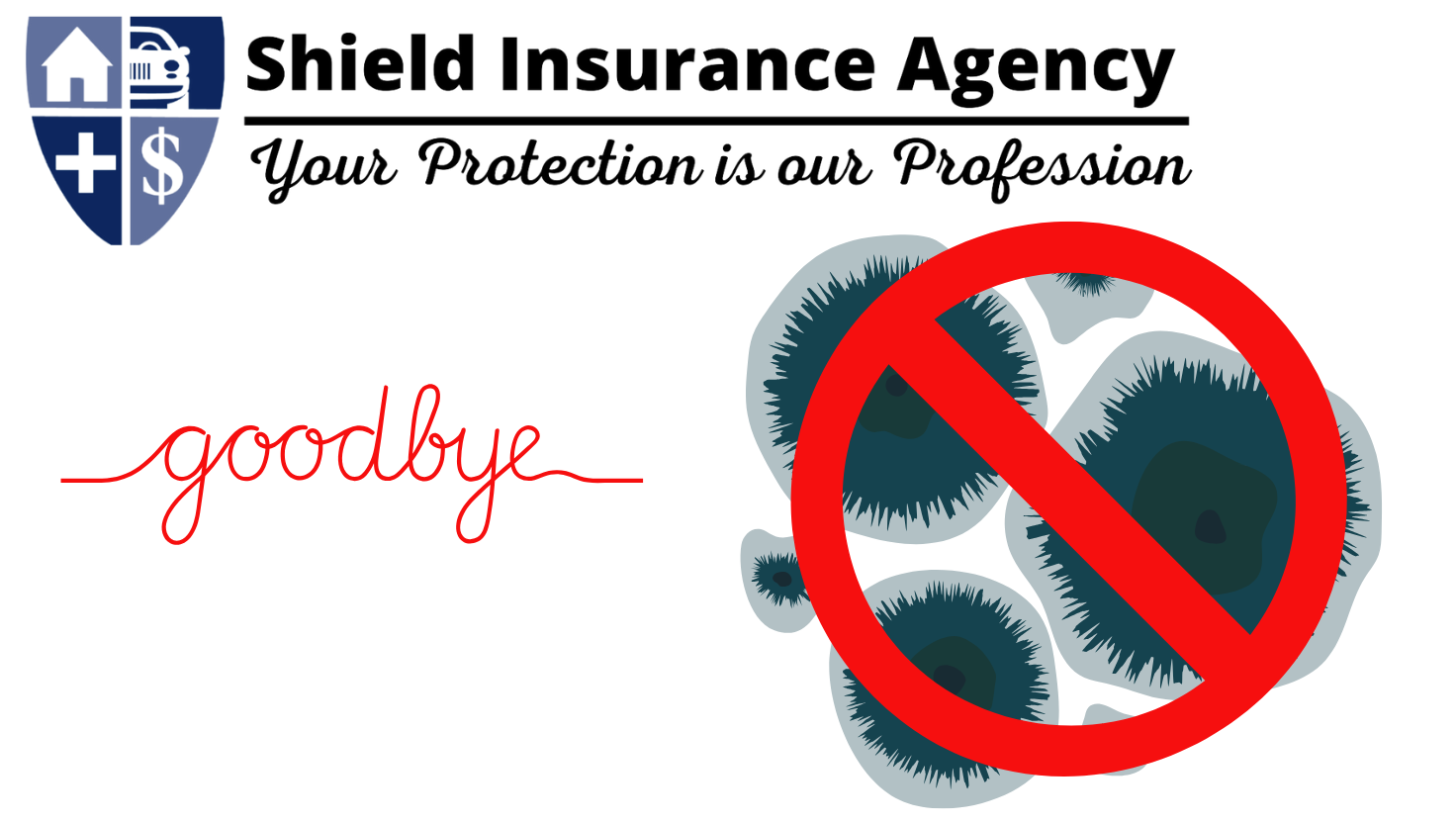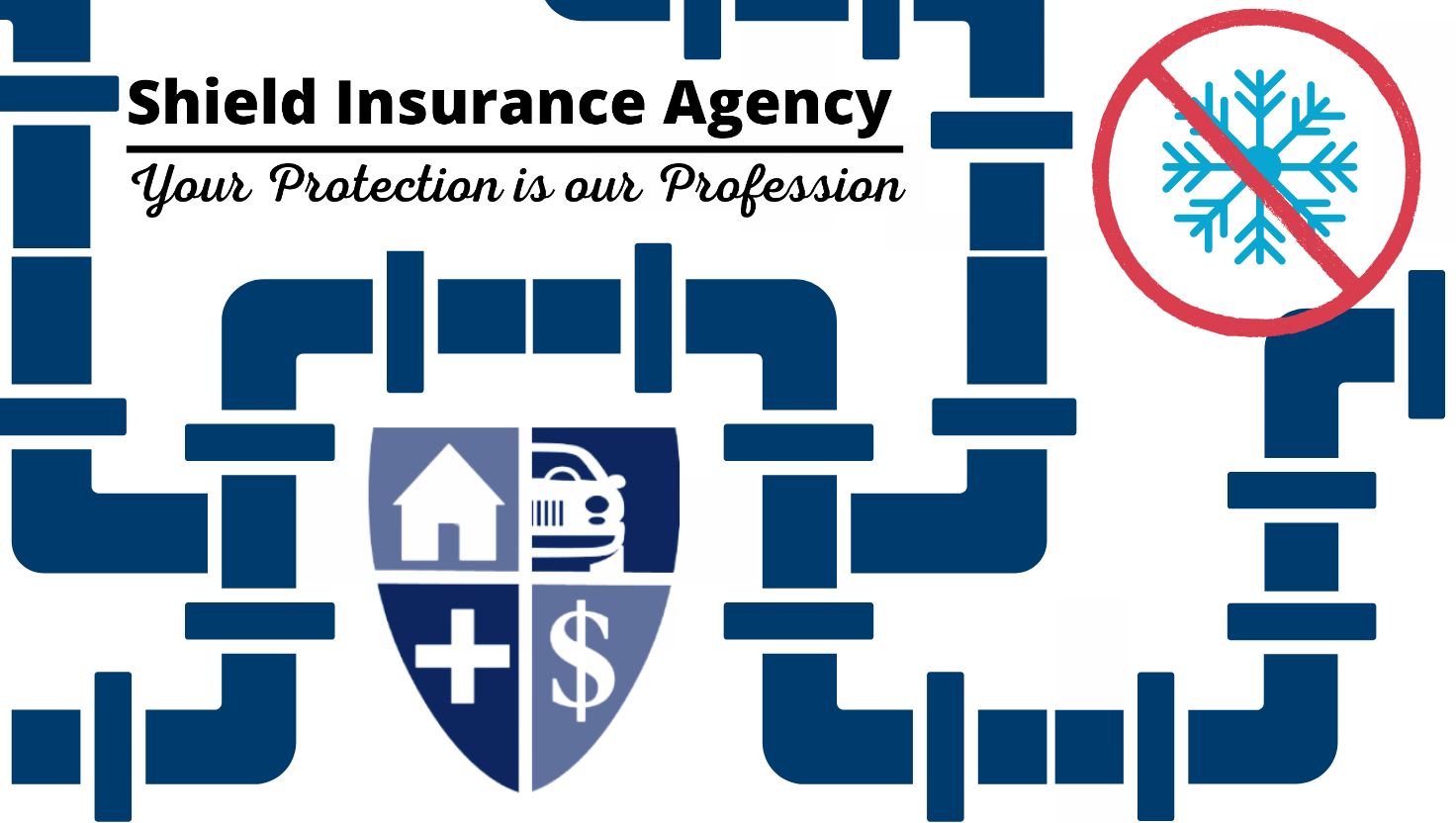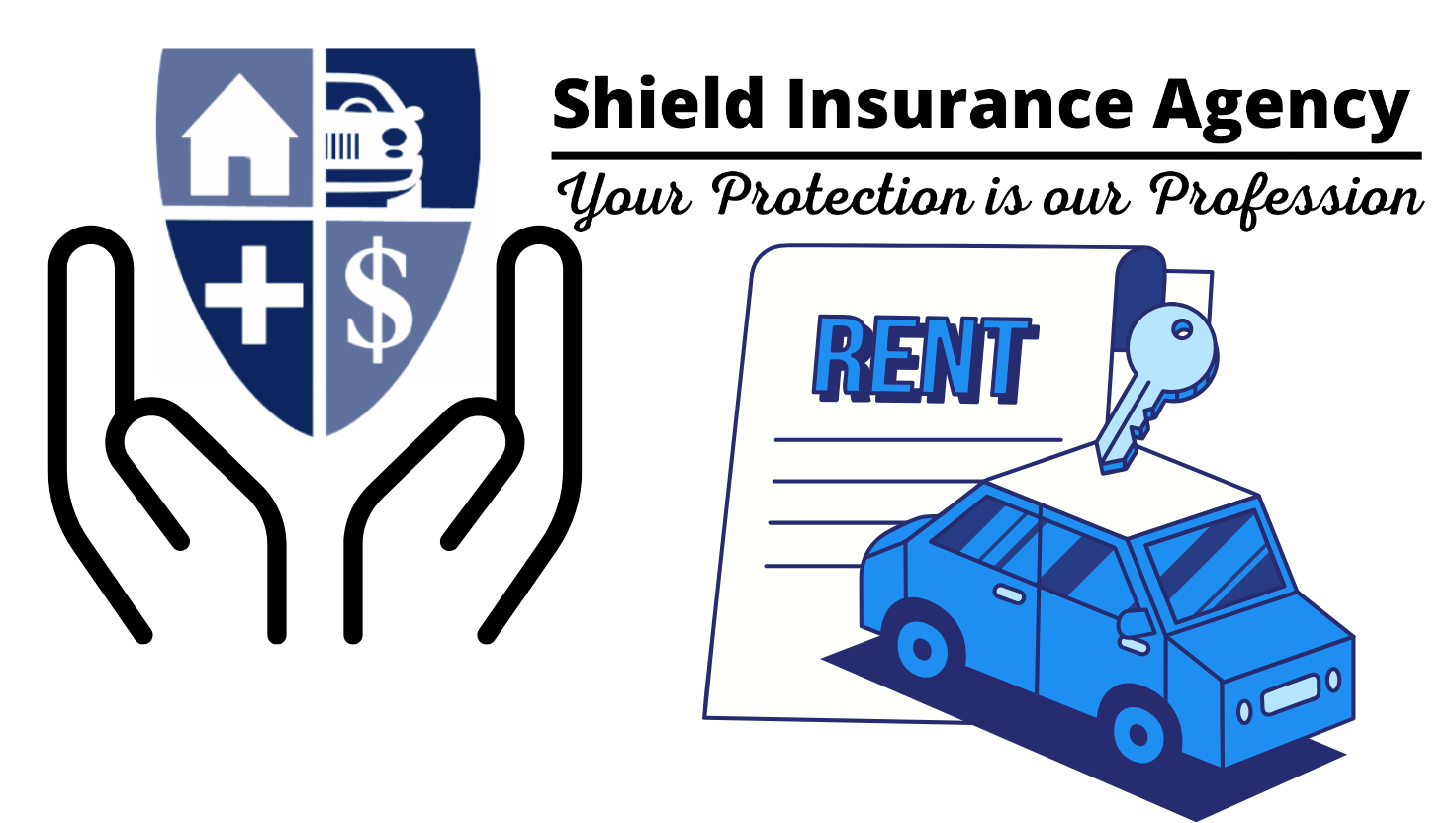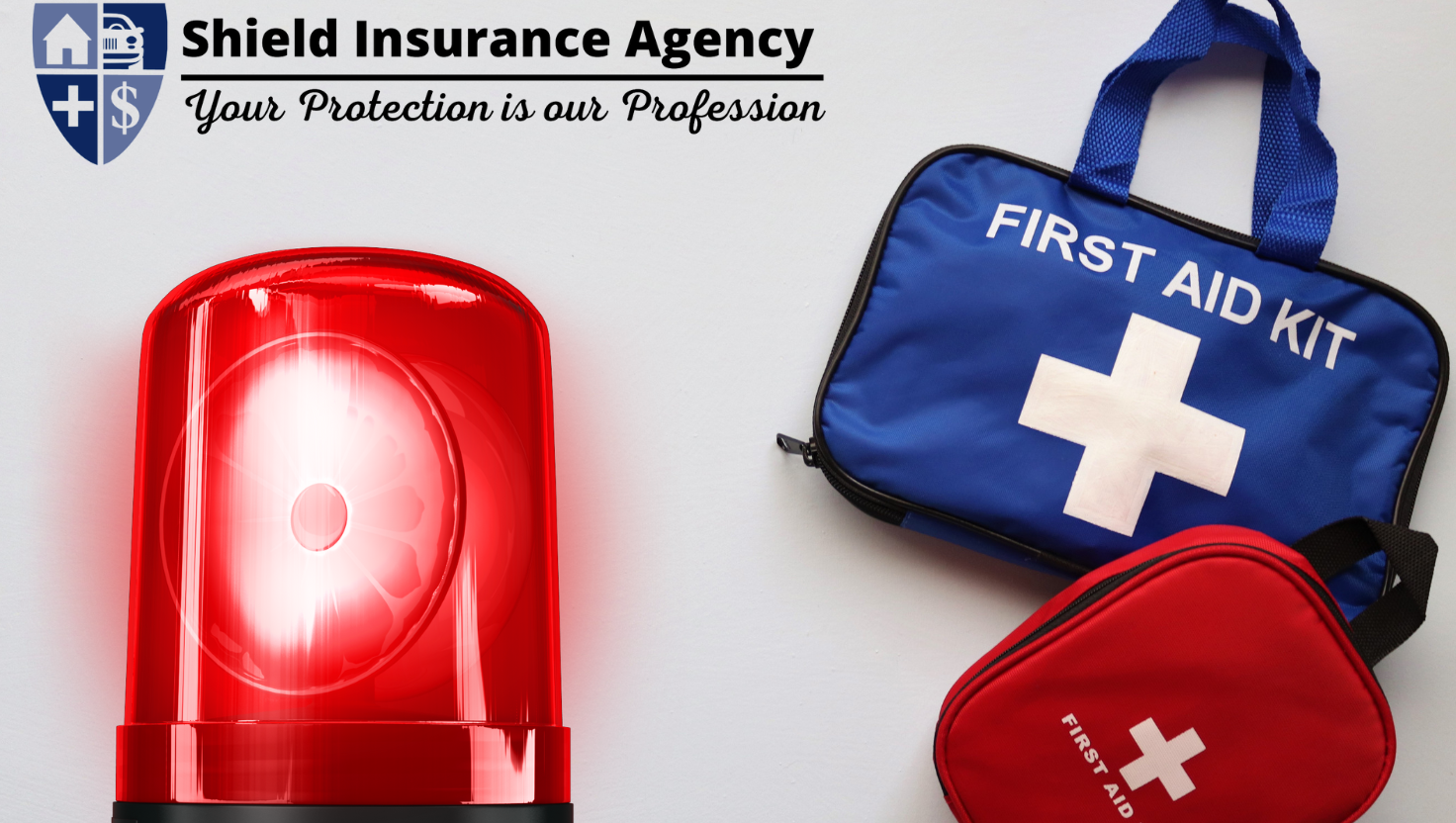Why buy a vacant home? One of the biggest perks is being able to make the home whatever you want it to be. You can make it your new home, create a vacation home, rent it out, or fix it up and sell it to someone else. In some cases, the seller may be willing to sell a vacant home cheaper than an occupied home. This is good news for you because you can save some money, but it could also mean something might be wrong with the house. It may need a little love, attention, and renovation. Before you purchase a vacant home, here are a few things to do and watch out for:
Professional Inspection
Ask for an inspection from a professional and take notes on what they discover. You’ll want to know what’s broken, what needs to be fixed, and what could possibly go wrong. (Note: Be prepared to pay for the home’s electricity to be on for the duration of the inspection).
Critters
Since vacant homes can sit for quite some time, critters may come in and make themselves at home. Although they are usually small animals such as mice or bats, they can cause damage to a vacant house. Those unwanted critters can eat at the floors, carpets, walls, and wiring. Be aware that you may need to hire a pest control service, and this could be costly based on the number of animals and the amount of damage.
Plumbing
There may be plumbing issues that have caused dried and cracked seals, slow faucets, leaks, and other issues. If the heat hasn’t been on and the temperatures dropped, the pipes could be at risk to freeze or burst (if they haven’t already).
Appliances
The previous owner may not have unplugged their indoor appliances, such as refrigerators and freezers, or let them dry out. There may be mold inside from the moisture being trapped. Having appliances plugged in with no one there could result in a fire (if the electricity was on). Appliances in the house may become unusable due to long periods of sitting with no use, which means you will need new ones.
Molds
Remember, molds can grow on more than just appliances! Check for mold in the walls, floors, pipes…everywhere! Some molds may cause health issues, so if mold is found during your inspection, you may want to rethink purchasing the home. Talk with your inspector about the extremity and presence of mold, and evaluate the safety risks.
Unanticipated Repairs
There are other potential sources of damage. For example, break-ins are more likely when a home appears empty, and windows, doors, and other items could be damaged by the intruder. Storms are another danger. Debris could hit the home and cause damage that may have gone undetected. Always thoroughly inspect the home before buying!
There are a lot of things to do and watch out for before purchasing a vacant home, but the possibilities of what the home could be are endless. If you are looking to buy a vacant home but haven’t found one yet, there are a few ways to move forward. Look online, talk to neighbors, get a realtor or simply drive around. There are more vacant homes than you think…happy hunting!
